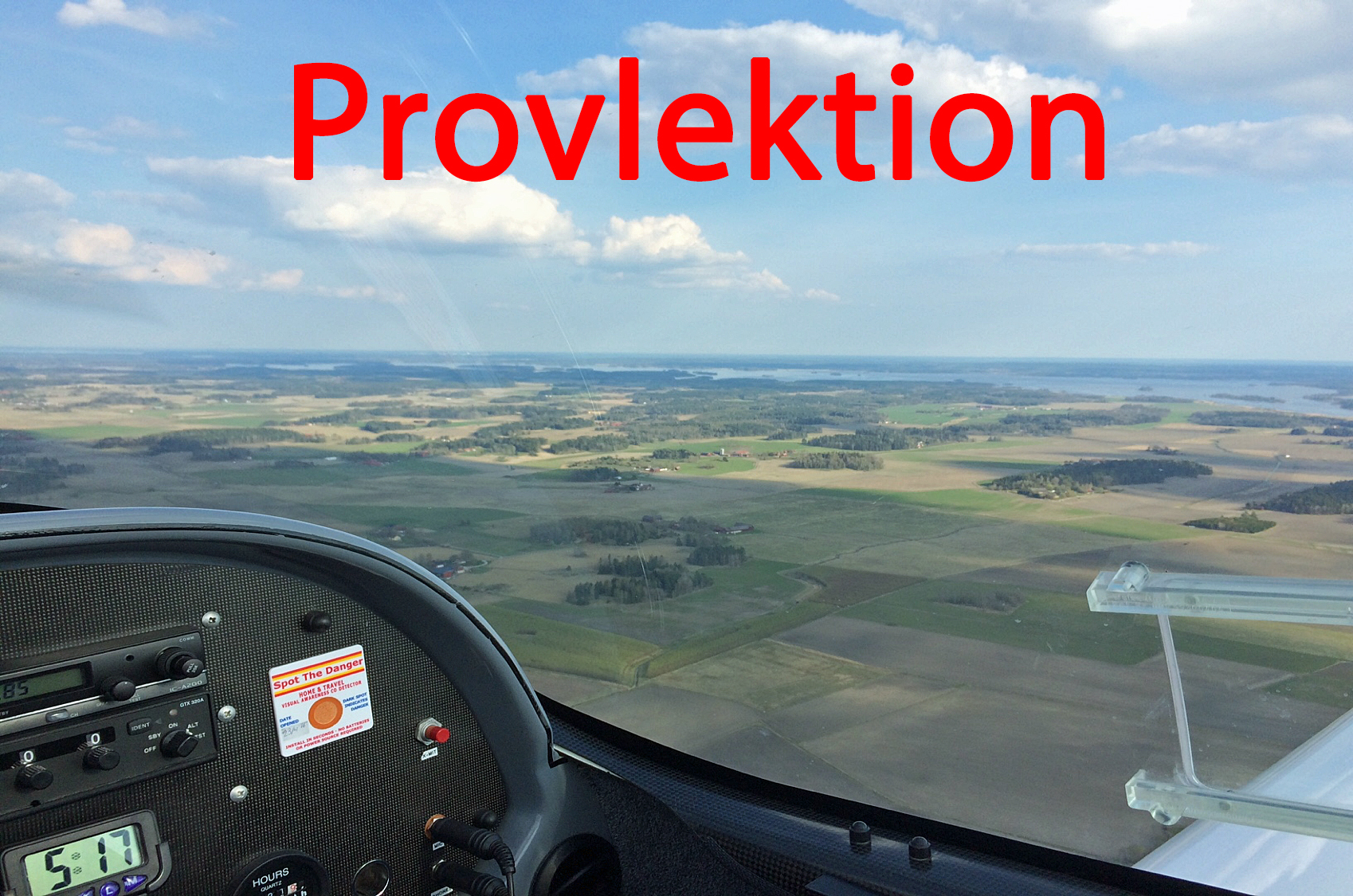Many prescribers thought that PPAs would soon become a standard practice. GPs have reported increasing pressure from insurers and payers to use PPAs to prescribe opiate analgaesics. These prescribers have questions that would be best answered with a series of clear recommendations regarding the use of AAEs. This study provides new information on the use and perception of PPAs, which can serve as a guide for future research. In particular, understanding important content for patients will facilitate the development of a patient-centered AAE. We also describe trends that require further examination: the increasing pressure to use AAEs, described by general practitioners, particularly given the level of evidence of the effectiveness and use of AAEs in the ER. Although beyond the scope of this study, assessing the effectiveness of AAEs in preventing distraction and abuse should be a priority for future research before AAEs become standard practices. Compliance with the AAE is a time charge for both prescribers and patients. Several physicians indicated that it could take more than 10 minutes to explain an AAE and answer questions. For a general practitioner, this valuable time could be spent discussing the patient`s health problems. This role could be transferred to a nurse or pharmacist. Many patients reported that a nurse explained the AAE to them.
For patients, increasing the frequency of office visits and drug testing means more time and effort. Given the current state of evidence of the effectiveness of AAEs in reducing opioid abuse and diversion, consideration should be given to reducing some of the most distressing aspects of the AAE. [10,15] Scenarios in which an AEA could be used varied and revealed a lack of guidelines or recommendations for prescribers regarding the administration of PPPs. The experience of patients with PPA in the ER is of particular concern, as signing a stressed AEA does not facilitate patient understanding. While obtaining informed consent may be an objective of PPAs, the ethics of asking a person suffering from pain to sign an AEA is debatable. [8.14] Increased awareness of the consequences of opioid abuse may have widened the situation in which a patient is invited to sign an AAE. However, the use of an AAE in the ER is not appropriate if no medical follow-up is expected. This work was partially supported by the Food and Drug Administration (Collaborative Agreement U01F004320). Dr. Albrecht was supported by the NIH K12HD43489-13 (Langenberg and Mercanthaler, PIs) and T32AG0000262-14 (Magaziner, PI) scholarships. Mr. Khokhar was supported by the NIH T32AG000262-14 scholarship (Magaziner, IP).
Based on previous literature, we have developed a thematic guide to study patients` experience and perceptions of the administration, content and effectiveness of AAPs (Table 1). [8,11,15–18] Similarly, the thematic guides for prescribers contained questions about the management, content, effectiveness and usefulness of AAEs (Table 2). Patients and prescribers agreed that the AAE takes into account the severity of opioid medications and that expectations are behaviours. Prescribers suggested that the AAE show the patient that ”someone takes care and help,” while allowing them to take responsibility for their pain management. Nevertheless, patients and prescribers indicated that increased office visits and drug testing made the AAE longer to administer and comply with for some patients. One GP said, ”If they have objections or questions, it becomes a 15- or 20-minute ordeal, other patients who are waiting take time.” Physicians also expressed concern about the increased financial burden on patients due to increased office visits and drug testing. Prescribers, especially family physicians, had many questions about the administration of AAEs, content and legality. There were concerns about respect for the



